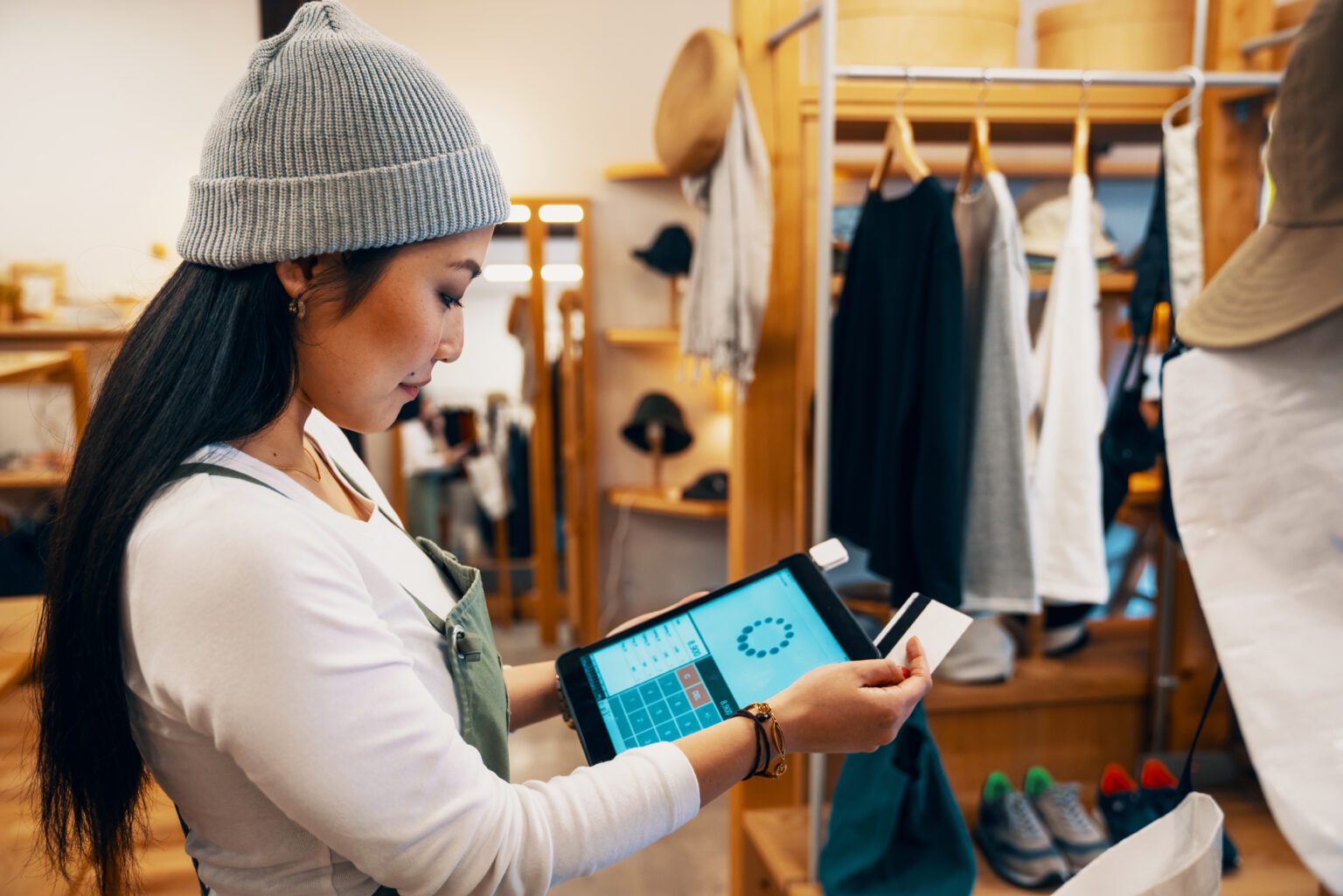We explore traditional and digital marketing and how to choose what’s best for your business.
There are many ways to market your business. Doing it well, however, requires choosing the appropriate mediums to maximise your return on investment.
The definition of traditional and digital marketing
Traditional marketing includes print advertisements, advertorials in newspapers, magazines or publications; listings in phone directories; direct mail; pamphlets; in-store posters and displays; radio and TV advertisements; events and sponsorship. The emergence of digital marketing has created a lot of change – and opportunity – in how businesses can now market themselves online.
Digital marketing includes your business website, social media, blogs, e-newsletters, videos, infographics, e-books, advertisements or sponsored articles in online magazines, search engine optimisation (SEO) and search engine marketing (SEM), which are paid search advertisements and online maps, such as Google My Business and Sensis’ WhereIs.
Case in point: H+Co
H+Co Menswear, which operates a Sydney-based retail menswear store and an online store, is a formidable example of a retail business successfully using both traditional and digital marketing. Owner Hiten Thakrar says H+Co’s traditional marketing includes posters in the store’s window display and a clothing sponsorship deal that sees them dress three TV personalities on The Footy Show.
“I have great foot traffic at my store. So potential customers walking past can see [from the posters in the window display] what offers I have in-store,” says Thakrar. “While being part of The Footy Show has worked well as the audience is broad and when customers come in they can relate to each of the three guys we dress.”
On the digital front, H+Co have a website, blog and social media platforms. Thakrar notes that Facebook and Instagram allow H+Co to “stay in touch with a new generation of customers” and is where they share valuable content, including their blogs, alongside news of sales and promotions.
H+Co also keeps in touch with customers using e-newsletters. ”We send them fortnightly newsletters, informing them of offers, news, new stock and more – to keep them in the loop of what is happening in store.”
The right combination for your business
While traditional marketing still has a place in promoting small businesses, as a general rule, it is best run in partnership with digital marketing. For example, a gourmet fine and wine shop operating in a regional tourist area could advertise in local tourism publications, run ads in the local paper to promote special offers, such as Christmas hampers, but also have a presence on social media, write blogs and share e-newsletters to market themselves.
This hypothesis is backed by a 2013 Deloitte Access Economics report titled ‘Connected Small Business’. It found that small businesses with high digital engagement (this was defined as a ‘business that makes use of all digital technologies including for search engine optimisation and search engine marketing’) were likely to see a 20 per cent increase in their annual revenue. They were found to have better growth prospects, more diversified sources of revenue and a larger customer base.
Finding the right mix of traditional and digital marketing will depend on the nature of your business. Trying and testing different mediums and regularly reviewing your marketing is crucial to its success.
Want to invest in a new marketing approach for your retail business? Contact Prospa to learn how a small business loan can help get you there.








